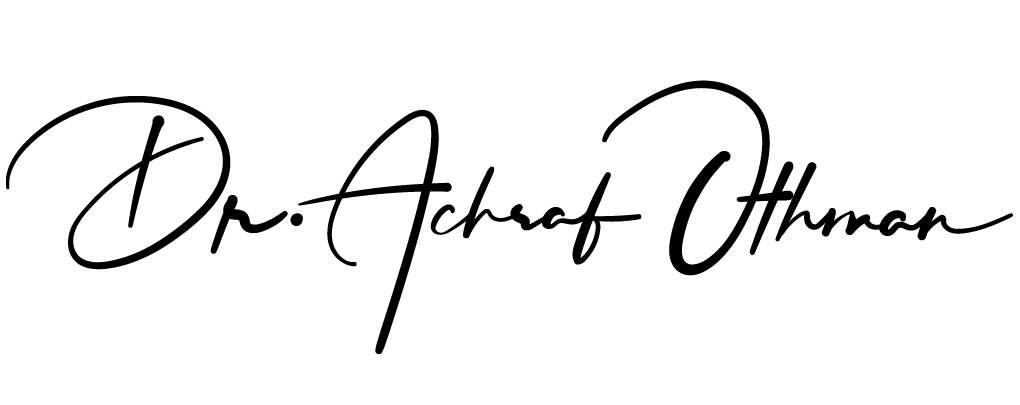When it comes to improved technology and gadgets to help people with various disabilities, science has come a long way and made it possible for over hundreds of thousands of people to lead a better and easier life. From home robots that help you to make a doctor’s appointment to electronic wheelchairs that help you climb a flight of stairs, the marvels of modern science have taken an entirely new dimension, much to the gratitude of common man.
Considering this, it is not surprising that such rapid advancement and steady streams of research has resulted in Leap Motion has been introduced as a technology that can take Sign language to an entirely new level, and hence help individuals with audio visual impairments.
What is Leap Motion?
As the name suggests, Leap Motion is basically like all of your regular computer motion, but you can do all of that with just your hands, without having to touch your mouse, as if the interface has jumped in front of you. A good example of this would be what we see in most spy or Iron Man movies. You see the way Tony Stark sort of brings his computer screen to life and does everything with just his hands, right? Leap Motion is basically that, to put it in a simple way. The advanced Leap Motion designs and USBs were originally created by leap Motion Inc. the basic tenet of the company is “Reach into virtual reality with your bare hands”, which is pretty much true.
What Can Leap Motion do?
Although when Leap Motion was originally introduced into the market in large scale, it did not receive much positive reviews, later on, the trend caught on, as more and more tapped into it unlocked potential. Today, the idea of Leap Motion has been introduced in a number of fields. For instance, one of the more commercial uses of Leap Motion right now is in mirror technology, which is basically the use of Leap Motion by humans to teach robots how to disarm bombs or any such minute mechanical works. Basically, the human does this work, using Leap Motion, and the robotic arm mirrors the action, stores it into its memory, and is then allowed in the warzone areas, of course after a number of testing and alterations in its mechanics.
Another cool application of the Leap Motion is in digital arts. By allowing artists the liberty to use their hands instead of the traditional touch pens in order to create art, Leap Motion has given them more artistic freedom and the ability to create art which has more texture, meaning, dimension and therefore emotions.
How can Leap Motion be Used in Sign Language?
Leap Motion has a number of uses, owing to the fact that it can directly translate motion. This idea has been used to make software as well as electronic devices that combine it with the American Sign Language or the ASL in short. Basically, the idea behind this is that the deaf or the mute person will be the one using the Leap Motion in order to sign what it is that they are saying. Now, the interface will be fed with a wide dictionary that understands verbs, nouns, actions, proper names as well as everyday phrases and sayings, so that when the individual using the Leap Motion starts to sign, the interface understands those from its pre-programmed dictionary and translates it into an audio file for the listener to understand, thus facilitating a two-way communication between them.
It has been suggested by a number of companies that such a phenomenon of using Leap Motion for Sign Language can be taken to a more advanced degree and incorporated not into something special and extraordinary like an entirely different device, but into everyday objects. For instance, your phone case. Imagine that the next time that a disabled individual wants to talk, all that they have to do is take out their phones and sign in front of it, and the phone will automatically generate a voice which will tell the listener what it is exactly that the individual is attempting to say.
How far has Leap Motion Sign Language been taken?
When the idea to use Leap Motion was first announced, a large number of people has shown tremendous interest in the project. This is not surprising considering how difficult communication can be between disabled individuals and average humans. Perhaps that is the reason why products like Leap Motion Controller (LMC) are being used widely, which is so fine-tuned that it allows or individuals to use all of their ten fingers at the same time.
More research is being done so that the Leap Motion sensors can understand dynamic movements which come in continuous sequences of images, and it is still a struggle to directly translate the sequence of events into an audible clip for the other person. But right now, more and more stress is being laid on expanding the language and the vocabulary of the Leap Motion Controller, with more companies opting to create their own databases.
However, one of the issues with Leap Motion, as is the case is with most Artificial Intelligence is that its scope remains a little limited. Often times, the Leap Motion interface has issues understanding the subtle differences or emphasis of individuals on certain gestures or the time spent between the signing of different letters, which can allude to an entirely new word. But with more and more companies investing in this phenomenon, it has been suggested that in less than five years, Leap Motion is going to be completely able to integrate not only American Sign Language, but the sign languages of different nations with different languages across the globe, and not only will they be able to accurately translate the sign language to the able-bodied listener, but they will make for the two-way communication so much better, easier and effortless.


